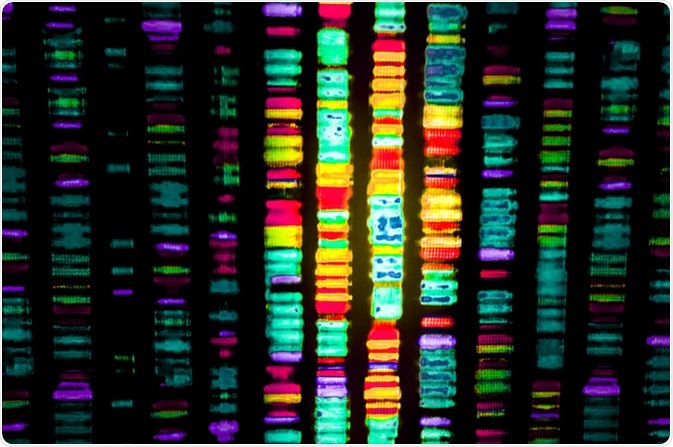For The Latest Medical News, Health News, Research News, COVID-19 News, Pharma News, Glaucoma News, Diabetes News, Herb News, Phytochemical News, Thailand Cannabis News, Cancer News, Doctor News, Thailand Hospital News, Oral Cancer News, Thailand Doctors
Toxicogenomics is a branch of toxicology which applies several genomic analysis techniques to determine how chemicals, both environmental and pharmaceutical agents, react on human and ecological health.
It includes technologies such as genome sequence analysis, proteomics, metabolomics, and bioinformatics to detect toxic agent-induced alterations in genetic expression, protein expression, and metabolite production; moreover, effects of these alterations on phenotypic expressions at the cellular, tissue, and organism levels is also studied.
Such information provides a deeper understanding of how biologic pathways respond to toxic substances.

Conventional toxicology testing relies on phenotypic changes resulting from toxic agents; such changes can be transient and reversible, chronic and irreversible, or even fatal.
Multiple doses of toxic agents are typically studied beginning from innocuous levels through single-dose induced acute toxicity to chronic lifetime intoxication.
The study involves pharmacokinetics of the agent as well as clinical features of toxicity, supplemented by biochemical and pathologic examinations at various levels.
With regard to pharmacology, determination of the maximum dose which can be administered over 90 days without toxicity helps to understand dosing levels in animals at chronic intake levels.
Epidemiologic studies in humans also provide exposure-disease relationships over time following a single or multiple exposures to a drug or toxin.
However, more sensitive tests are being used to identify and assess adverse effects of toxic agents at cellular and molecular levels before they affect the organism as a whole. The term ‘molecular epidemiology’ is used when these studies are performed in human populations.
This advance has led to the recognition that toxicogenomics can contribute to this knowledge on a much more comprehensive and impressive scale by employing current bioinformatics technology to synthesize and analyze this huge body of information.
Toxicogenomics may be divided into mechanistic and predictive toxicology:
Toxicogenomics is of great importance in drug development by:
The utility of toxicogenomics is great but its practical applications are fraught with difficulty. One is the unavailability of sufficiently powerful analytical tools to handle low doses with great accuracy, as well as to distinguish possibly irrelevant outcomes from relevant ones.
Finding the level at which a change in transcription or protein expression may be significant in terms of actual adverse outcome is another challenge to be faced. Adequately powered studies are also needed to draw proper conclusions about the effects observed without any undue influence of individual variability.
Proper application and development of toxicogenomics with an understanding attitude from regulatory agencies has the potential to transform the way drug toxicity is assessed and to speed up the drug development process immensely.